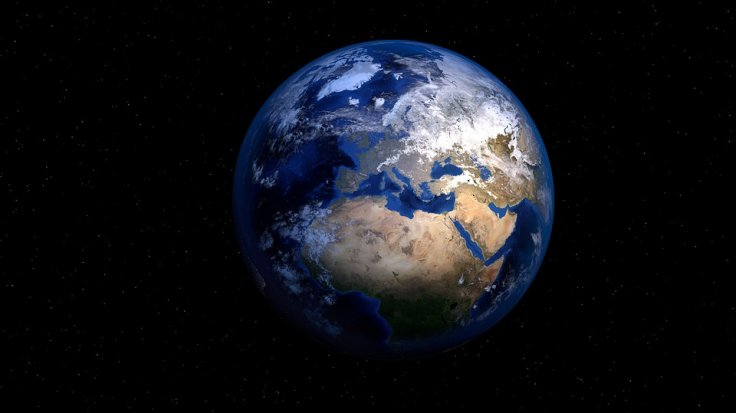
A team of researchers at Princeton University in US and the Institute of Geodesy and Geophysics in China has discovered massive mountains in the earth's mantle. Experts believe that this new discovery could change the understanding of the creation of this planet.
During the study, researchers use data from an enormous earthquake in Bolivia and discovered mountains, as well as other topography on a layer located 660 kilometres straight down that separates the upper and lower mantle.
It should be noted that researchers have previously classified the earth into three layers; crust, mantle and core. Even though scientists have found this new layer comprising of mountains, researchers have not named it and they are simply calling it the 660 kilometres boundary.
Scientists made this discovery after analyzing data from one of the biggest earthquakes ever recorded. The earthquake in Bolivia happened in 1994 and it measured 8.2 on the Richter scale. During the research, scientists used powerful computers and simulated the complicated behaviour of scattering waves in the deep earth.
Further analysis revealed that the waves of earthquake often pass through straight when it encounters homogenous rocks, while it gets reflect or refracts as it encounters any kind of boundaries or roughness. Researchers also noted that the roughness in this inner mantle is much more than the earth's surface.
"We know that almost all objects have surface roughness and therefore scatter light. That's why we can see these objects -- the scattering waves carry the information about the surface's roughness. In this study, we investigated scattered seismic waves travelling inside the earth to constrain the roughness of the earth's 660-km boundary. In other words, stronger topography than the Rocky Mountains or the Appalachians is present at the 660-km boundary," said Wenbo Wu, who was at the Princeton University during the time of the study, Science Daily reports.









